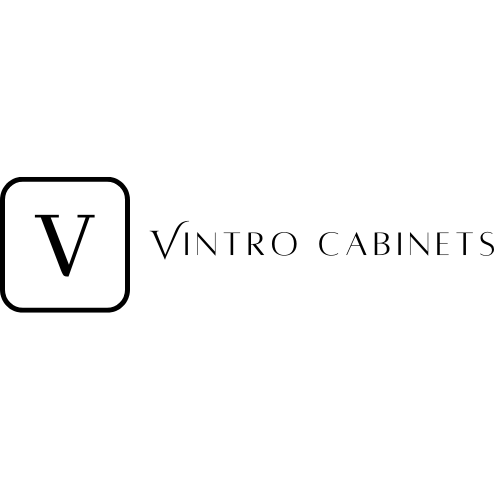Determining whether your cabinets are laminate or veneer can be tricky, as both materials can have similar appearances. Here’s a table to help you identify the differences and guide you in distinguishing between the two:
| Aspect | Laminate Cabinets | Veneer Cabinets |
|---|---|---|
| Material Composition | – Made from a plastic material adhered to particleboard or MDF. | – Thin slices of real wood glued onto a base of hardwood or particleboard. |
| Appearance | – Often has a more consistent and sometimes glossy finish. | – Natural wood grain pattern is visible, providing a more organic appearance. |
| Feel | – Typically smooth to the touch, can feel like plastic. | – Feels like real wood due to the thin layer of actual wood on the surface. |
| Edge Seams | – Check the cabinet’s edges; laminate might show a visible seam or edge. | – Veneer edges may be more seamless, especially if well-crafted. |
| Damage Signs | – Chips can reveal the particleboard or MDF beneath the laminate layer. | – Might bubble, peel, or show wood layers when chipped or damaged. |
| Price Point | – Generally more affordable than real wood or veneer cabinets. | – Typically costlier than laminate due to the use of real wood. |
| Repairability | – Damaged laminate is harder to repair; often requires replacement of the piece. | – Veneer can be sanded (carefully) and refinished if damaged. |
If you’re still unsure after checking these features, you might consider consulting with a cabinet professional or taking a small sample from an inconspicuous area to a home improvement store for clarification.
